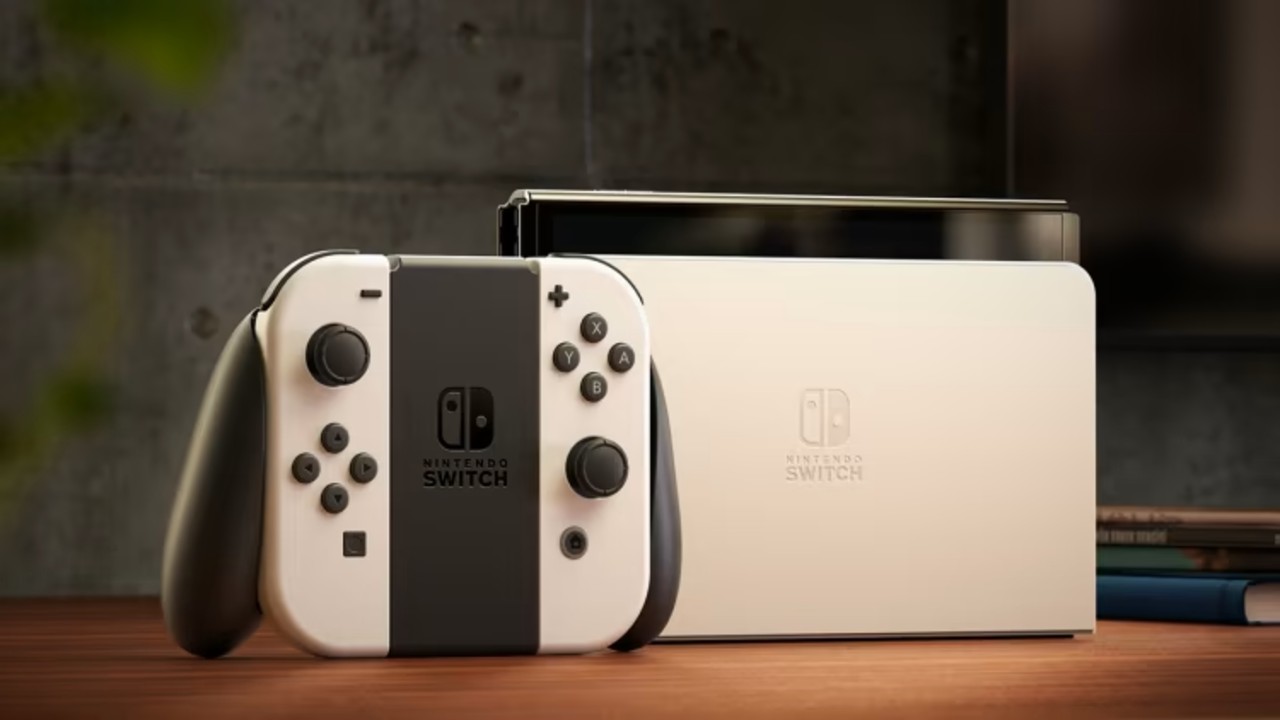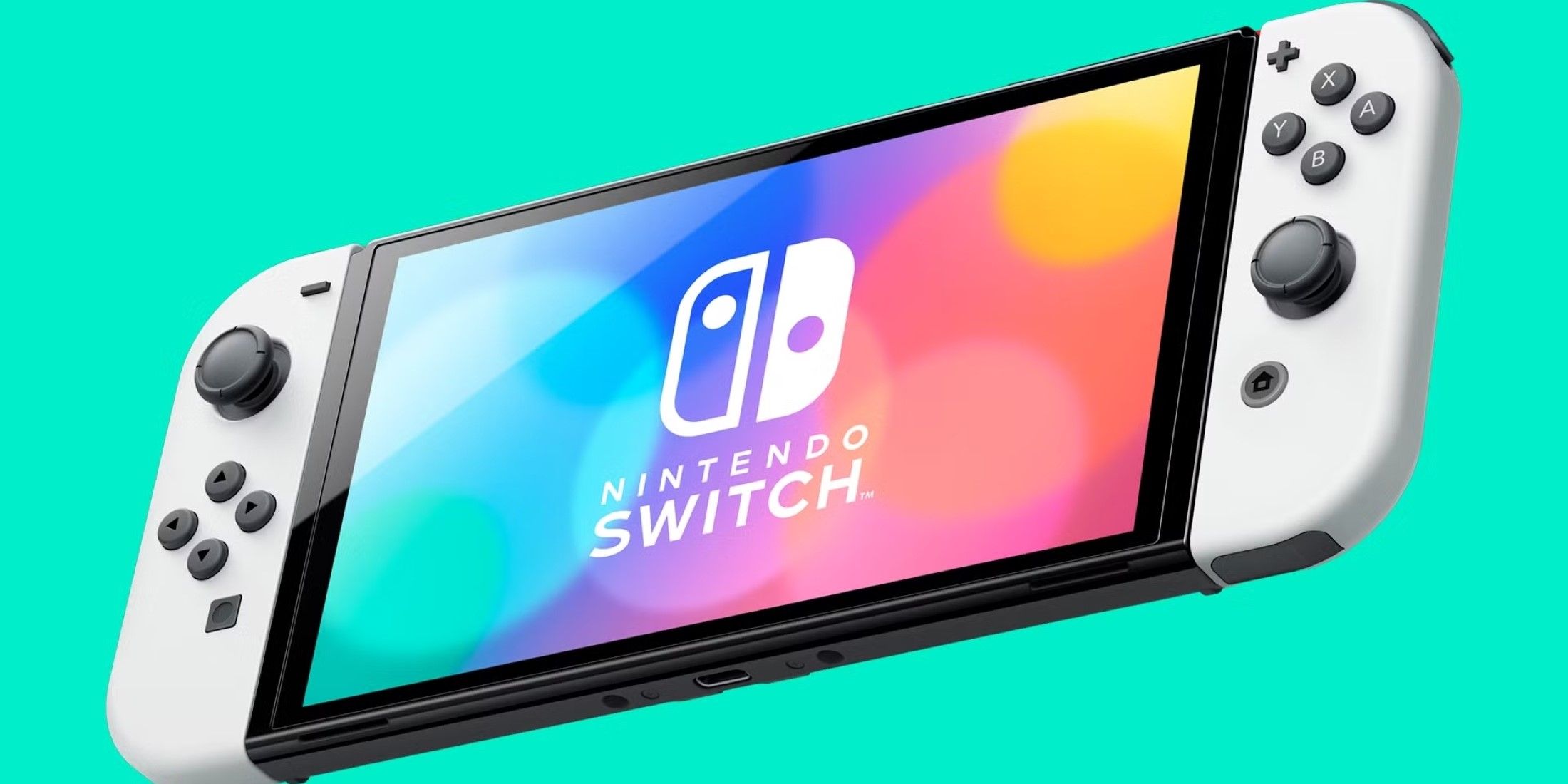


**Five Enhancements the Nintendo Switch 2 Requires to Enhance the Experience**
Since its debut in 2017, the Nintendo Switch has achieved remarkable success, merging portability with home console gaming in a manner that has captivated millions. However, as we near the long-anticipated launch of its successor—provisionally referred to as the “Nintendo Switch 2″—excitement is building regarding what Nintendo could present this time. While the original Switch established a strong base, there remains significant potential for enhancement. Below are five features the Nintendo Switch 2 should or *must* incorporate to genuinely elevate the gaming experience.
—
### **1. Enhanced Social Features**
Nintendo has long been recognized for its imaginative, distinctive approach to gaming, which also extended to the social features of its previous consoles. The 3DS brought forth *StreetPass*, a delightful mechanism enabling players to exchange data simply by being in close proximity, while the Wii U’s *Miiverse* offered a singular social platform for players to exchange insights, artwork, and advice about their beloved games. Regrettably, the Nintendo Switch opted for basic social media synchronization, permitting players to share screenshots and videos directly through platforms like Twitter and Facebook. With Twitter’s integration now obsolete and Facebook’s relevance decreasing, this method feels antiquated and uninspired.
The Nintendo Switch 2 has the chance to reintroduce in-house socialization features that honor the joy of gaming. Envision an updated *StreetPass* that employs NFC or Bluetooth for connecting players on the move, or a fresh version of the *Miiverse* that nurtures a secure, game-centered community. These features wouldn’t merely enhance the console’s enjoyment—they’d also strengthen Nintendo’s image as a brand that values innovation and connection over uniformity.
—
### **2. A More Vibrant and Personalized Interface**
Let’s be honest: the Nintendo Switch’s user interface is adequate but lacks creativity. Its simplistic, minimalist design—available in either white or black—misses the charm and uniqueness that characterized earlier Nintendo consoles like the Wii, Wii U, and 3DS. Those systems showcased lively home screens, customizable themes, and even ambient music that made navigating the console feel integrated into the overall experience.
The Switch 2 must restore this sense of individuality. Custom themes inspired by popular Nintendo franchises could personalize the system, while dynamic menus and music could infuse a hint of enchantment into the user experience. Even something as straightforward as enabling players to rearrange their game icons or form folders (a feature available on the 3DS nearly a decade ago) would significantly enhance the console’s user-friendliness and engagement.
—
### **3. A More Organized and Customizable Main Menu**
In regards to the interface, the Switch’s linear menu layout has been a continual inconvenience for numerous users. Every time a new game is played, it pushes older titles further down the list, ultimately burying them in the “All Software” section where they’re likely to be overlooked. While the PS5 at least permits users to pin games to the home screen, the Switch lacks any such capability.
The Switch 2 should draw inspiration from its predecessors by adopting a grid-based menu format that provides greater customization. The Wii, Wii U, and 3DS all empowered players to organize their games and applications in a grid layout, with the option to create folders for enhanced organization. The 3DS even allowed users to modify the grid size to their liking. These features are not only practical—they’re crucial for a console that promotes digital downloads and has an expanding roster of indie and AAA games.
—
### **4. Enhanced Use of Hardware Features**
When the Nintendo Switch was initially announced, its hardware appeared full of promise. The Joy-Cons included HD Rumble for accurate haptic feedback, gyroscopes for motion controls, and even an IR sensor for creative gameplay interactions. However, except for a select few first-party games, these features have largely gone underutilized. Even the touchscreen—a hallmark of the Wii U and 3DS—has seen minimal engagement from most developers.
For the Switch 2, Nintendo must either further develop these features or eliminate them in favor of more pragmatic enhancements. If the Joy-Cons receive upgrades, developers should be motivated (or incentivized) to integrate features like haptic feedback and motion controls in substantial ways. Alternatively, Nintendo could streamline the hardware to prioritize raw performance, ensuring smoother gameplay and enhanced frame rates for demanding titles such as *The Legend of Zelda: Tears of the Kingdom*.
One exciting possibility could be backward compatibility with the original Switch library, but with upgraded performance. Imagine enjoying your favorite Switch titles with superior graphics, quicker load times, and more consistent frame rates—this alone could make the Switch 2 an essential purchase for current fans.
—
### **5. An Updated eShop**
The Nintendo Switch eShop has been a point of frustration for numerous gamers.
No Comments
To comment you need to be logged in!